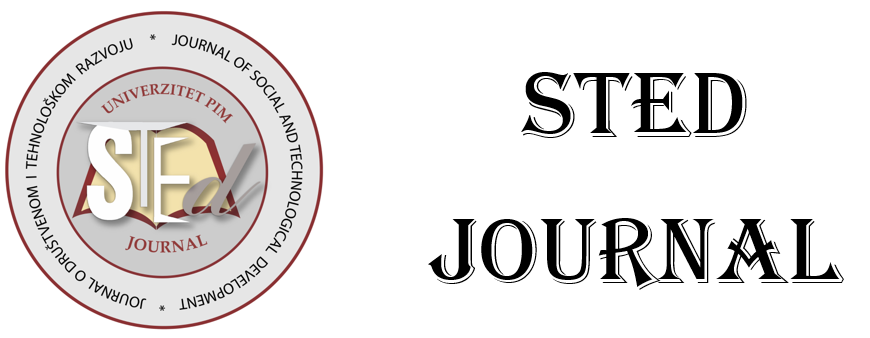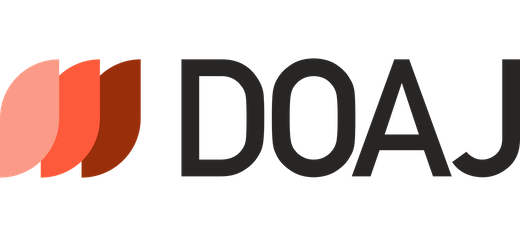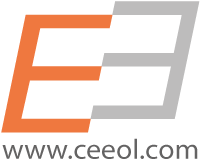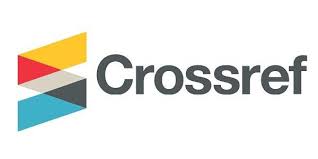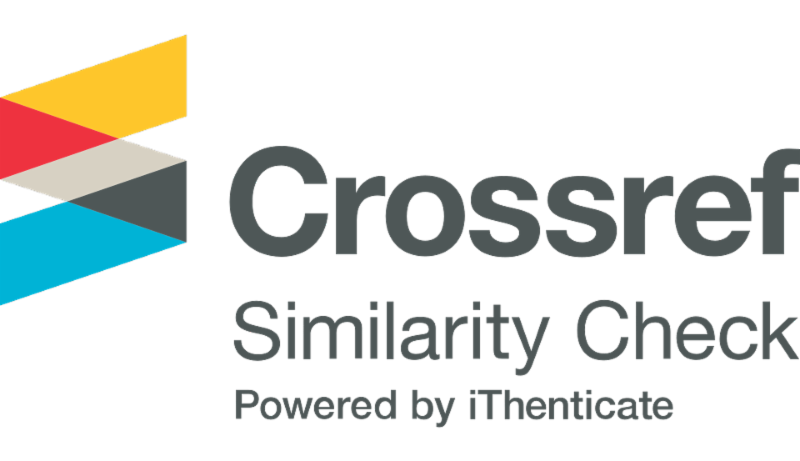Current issue

Volume 7, Issue 2, 2025
Online ISSN: 2637-2614
ISSN: 2637-2150
Volume 7 , Issue 2, (2025)
Published: 28.11.2025.
Open Access
All issues
Contents
13.05.2019.
Original scientific paper
UTICAJ UDELA SREDSTVA ZA EKSPANDIRANJE NA SVOJSTVA MIKROPOROZNIH ELASTOMERNIH MATERIJALA
Mikroporozni elastomeri predstavljaju prostorno umrežene makromolekule sa izraženom ćelijskom strukturom. Količine izabranih komponenti umrežavajuće smese određuju eksploataciona svojstva ovih materijala. Za specifične primene elastomera neophodno je ostvariti željeni nivo umreženja kao i gustinu materijala. U ovom radu ispitan je uticaj sadržaja sredstva za ekspandiranje na svojstva mikroporoznih materijala na osnovu terpolimera poli-(etilen-ko-propilen-ko-2-etiliden-5-norbornen) kaučuka (EPDM)umreženih sumporom i ojačanih česticama čađi. Variran je sadržaj sredstva za ekspandiranje (1,3; 1,8 i 2,0 phr). Ustanovljeno je da su dobijeni elastomerni materijali pogodni za primenu u oblasti proizvodnje zaptivnih profila za potrebe automobilske industrije.
Jelena Pavličević, Mirjana Jovičić, Oskar Bera, Bojana Ikonić, Vesna Teofilović, Nevena Vukić, Jaroslava Budinski-Simendić
29.11.2019.
Review scientific paper
INTERCONNECTION OF MATERIALS SCIENCE, 3D PRINTING AND MATHEMATIC IN INTERDISCIPLINARY EDUCATION
The substantial advantage of 3D printing is the ability to fabricate complex shapes objects from liquid molecules or powder grains which joins or solidifies using computer design files (CAD) to produce a three-dimensional object with material being added together layer by layer. This process is considered as an industrial technology. The most-commonly used 3D printing procedure is a material extrusion technique called fused deposition modelling. The producers of 3D printers have already developed prototypes for education purposes. The importance of the incorporation this printing method in schools is the fact. The learning experience for digital media is becoming a priority in school education. The practical application of this technique can be incorporated into a wide variety of school subjects to simplify the sophisticated theoretical concepts. 3D printing is the example of cooperation within material science and mathematics but this platform is very often not supported by the high school curriculum, but latest trends propose different approaches and make education close to the science achievements and contemporary life. Building lessons plans and project could help students to learn more contemporary achievement in this field. It is new trend to support enthusiastic teachers who want to implement this method of additive manufacturing in education. This paper provides an overview of 3D printing methods and highlights the possibility of their implementation in educational techniques.
Natalija Budinski, Zsolt Lavicza, Nevena Vukić, Vesna Teofilović, Dejan Kojić, Tamara Erceg, Jaroslava Budinski-Simendić
